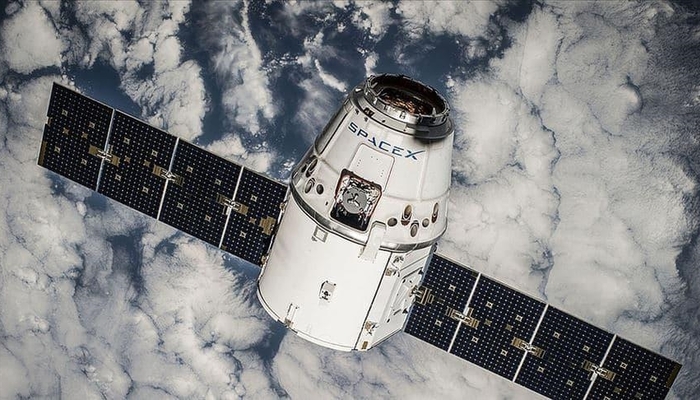Musk’s Satellites Are Blocking Radio Telescopes, Hindering Space Research
Starlink satellites provide fast internet across the world, even in remote locations like Ukraine and Yemen.

Elon Musk’s growing Starlink satellite network is interfering with scientists’ ability to observe the universe. Researchers in the Netherlands say radio waves from the satellites are disrupting radio telescopes. According to BBC News, the satellites are blinding telescopes and making it harder for astronomers to study space.
Starlink satellites provide fast internet across the world, even in remote locations like Ukraine and Yemen. However, their signals are much stronger than earlier versions, causing more interference with radio telescopes. The Netherlands Institute for Radio Astronomy (Astron) says this interference is a major issue.
The new generation of Starlink satellites, called V2, emits 32 times more radiation than the previous generation. Astronomers are struggling to observe distant galaxies and black holes due to the interference. Professor Jessica Dempsey, director of Astron, explained that the satellites are blocking scientists from viewing important astronomical phenomena.
“We’re trying to look at jets from black holes and some of the earliest galaxies, millions of light years away,” Dempsey told BBC News. “But with every new satellite, we see less of the sky.”
SpaceX, the company behind Starlink, has not responded to requests for comment. Despite the advantages of global internet, astronomers are concerned about the impact on their work. Radio telescopes rely on detecting electromagnetic waves from distant objects in space, but Starlink’s interference disrupts these signals.
A study by Astron showed unintended electromagnetic radiation from nearly all second-generation Starlink satellites. The radiation was 10 million times brighter than the weakest light sources in space. Cees Bassa, lead author of the study, compared the difference to “the faintest stars visible to the naked eye and the brightness of the full Moon.”
Currently, about 6,402 Starlink satellites are orbiting Earth at around 550 km above the surface. These satellites are large, with 3-meter-wide panels and 8-meter solar arrays. They outnumber competitors, with SpaceX being the largest provider of satellite internet. OneWeb, a competitor, has fewer than 1,000 satellites in orbit, while Amazon plans to launch 3,000 more in the coming years.
By 2030, the number of satellites in orbit could exceed 100,000. Astronomers fear that with more satellites, the problem will only worsen. SpaceX is launching about 40 new Starlink satellites each week.
Robert Massey, Deputy Executive Director of the Royal Astronomical Society in the UK, expressed concern over the growing interference. “If something this bright is compromising a major radio observatory, we need to act quickly,” Massey warned.
The study used data from the LOFAR radio telescope in the Netherlands. The researchers observed the Starlink interference during a single day in July. They found that many distant objects, such as galaxies and planets, emit light as electromagnetic waves. These waves are crucial for radio telescopes to study space. But Starlink satellites are disrupting those signals, blocking scientists from gathering important data.
Astronomers are calling for urgent action to address the issue before it worsens.
Follow us on Google News, Instagram, YouTube, Facebook, Whats App, and TikTok for latest updates














